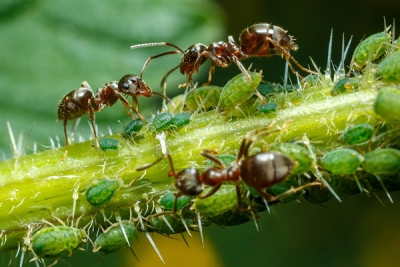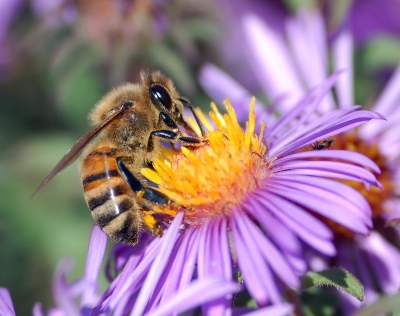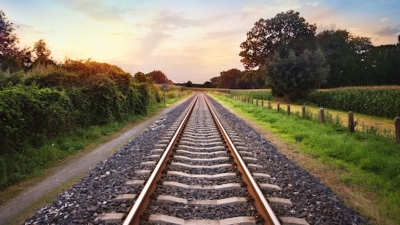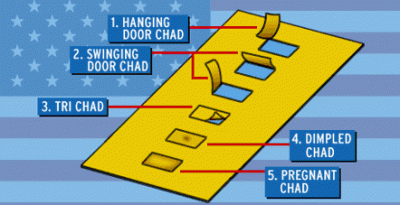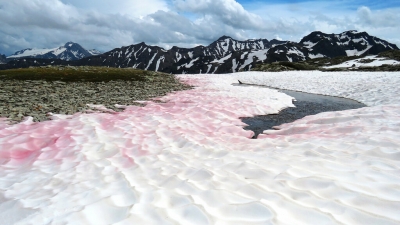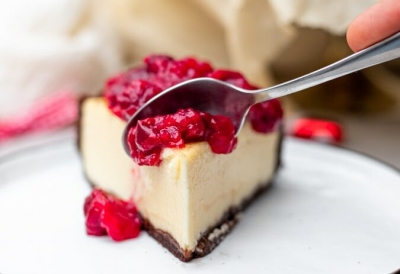
Cheesecakes have been prepared for several centuries across Europe. With several regional adaptations, it is one of the most widely consumed dessert globally.
History
One of the first evidence of cheesecake can be traced back to ancient Greece. Food anthropologists believe cheesecakes were served for the participants at the ancient Olympic games in 776 B.C. These Greek cheesecakes were reportedly made with four ingredients, namely flour, wheat, honey and cheese.
The Roman annexation of Greece resulted in the introduction of cheesecakes in Rome. One of the earliest mentions of cheesecake can be seen in Roman statesman and writer Marcus Porcius Cato’s book “De re Rustica”, around 200 B.C. In the next few centuries, as the Romans expanded their empire, the dessert was taken to several places across Europe. During this period, those in the Great Britain and a few other Eastern European countries began making their own versions of cheesecakes. Henry VIII, the King of England from 1509 to 1547 was very fond of cheesecake that he asked his chef to experiment new types. Over the years, ingredients such as eggs, butter and sugar began to be used. Colonization was a major factor in taking cheesecakes to the U.S. and other former colonies.
Regional adaptations
Though cheesecake has its roots in Europe, it has been embraced in several forms across the world. They have been adapted according to local taste preferences. The New York cheesecake is made with thick and velvety cream cheese with a base made of cookie crumbs. The French use Neufchatel cheese and also add gelatin to the mixture. In Japan, cheesecakes o not have a separate cookie base, instead cornstarch and whipped egg whites are added to the cheese mixture, which makes the cake extremely fluffy. Germans make their cheesecake (known as Quarkkuchen) with cottage cheese or quark (a type of cheese). Several other European cheesecakes make use of other cheese varieties such as ricotta, mizithra, feta or Swiss.
Pie or cake?
Some believe cheesecakes are pies or even tarts because most of them come with multiple layers – a crust filling and sometimes even a topping. While some food experts suggest cheesecakes are cakes as they are “sweet baked foods made using a thick batter”. The debate of whether the cheesecake is a cake or a pie is unsolved.
What do you think? Is cheesecake a cake, pie or a tart?
Cheesecakes for all
From vegan and dairy-free cheesecakes made with plant-based cream to keto and gluten-free cheesecakes, there are many varieties prepared to cater to the dietary preferences of people.
Apart from the usual berry or fruit flavours, there are many interesting and unique options such as garlic, foie gras, hibiscus, sweet potato, matcha and maple bacon cheesecakes.
Tasty stamps!
American ice-cream brand Haagen-Dazs, in collaboration with the Austrian Postal Service, made stamps infused with flavours of strawberry cheesecake, macadamia nut brittle, and cookies and cream into the adhesive on the back. So when someone licks the stamp to stick it on a parcel or envelope, they get a taste of their favourite flavour!
Picture Credit : Google
